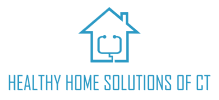Water Damage Restoration
We are with you every step of the way so you feel safe and satisfied.
When dealing with water damage, an immediate response is crucial. Healthy Home Solutions brings not only the professional experience and training to handle your water emergency, but also has the commercial equipment necessary to respond effectively.
Water damage can create many problems and needs immediate attention to stop further damage and expenses, but a prompt response isn’t enough. You need to ensure that your water removal and cleanup process includes meticulous drying.
Water damage comes in many forms: weather, unexpected water leaks, a burst pipe, or a sewer or septic backup. If ignored for long, it often leads to secondary moisture that damages the insides of your home, office or building and can lead to elevated levels of mold and bacteria forming.
Let’s look at the three main categories of damage due to water:

Three Categories of Water Damage

Category 1
This level of water damage does not pose a substantial health threat. Hence, it is classified as clean water. For instance, burst water pipes, overflowing sinks or tubs, or in some cases appliance malfunctions that cause water leaks. This water still needs cleaned up and dried immediately. Mold will begin to grow quickly, within 48 hours, so do not let this settle.
Category 2
This type of water is also known as grey water and contains a significant amount of chemical or biological contaminants. This form of water damage can cause discomfort or sickness if ingested. Microorganisms and their nutrients are present here. Seepage due to hydrostatic failure, water discharge from dishwashers and washing machines are some sources of this type of water. It is recommended that a professional cleans this type of water damage and provides disinfection and/or air quality treatments as needed.
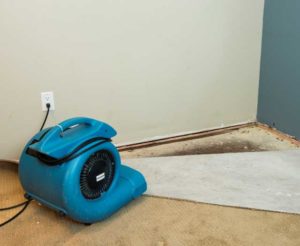
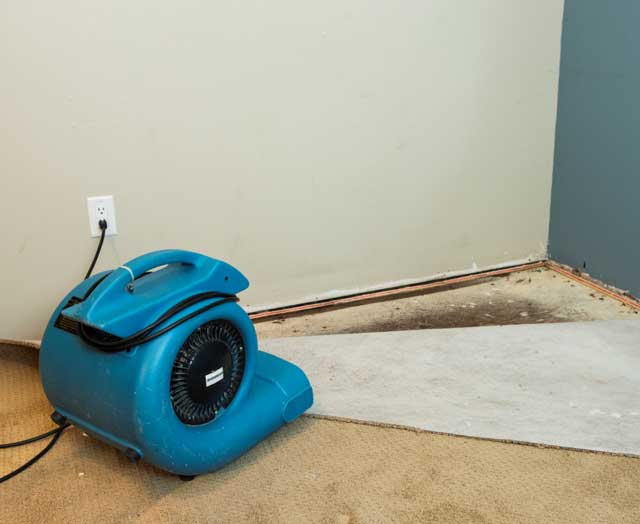
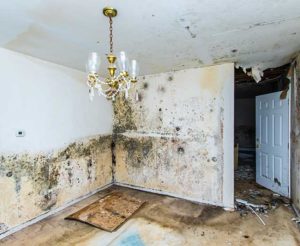
Category 3
This is also called “black water.” It contains harmful agents, such as bacteria, fungi, and potential pathogens, which cause severe discomfort and sickness on exposure. Seawater, sewage, rising water from rivers and streams, ground surface water and standing water are the main sources of black water.
When greywater (Category 2) remains stagnant for a while, it might be reclassified as black water. Toilet back flows originating from beyond the trap are also black water even if it lacks visible content or color. As with Category 2 water, it is extremely important to have a professional, like Healthy Home Solutions, take care of this for you.
Classes of Water Damage
The classes of water damage are defined by the affected area. These classes determine the amount and type of tools and supplies for proper environmental and structural drying necessary.
Class 1
The water affects a small portion, the overall damage is low. Here, the materials absorb a minimum amount of moisture. Less than 5 percent of the combined surface area or the walls, ceiling and floor is affected.
Class 2
Water damages the entire room. It might have wicked up the walls, but not by more than 24 inches. (a significant amount of water absorption and evaporation load): water intrusion where wet, porous materials (e.g., carpet, gypsum board, fiber-fill insulation, concrete masonry unit (CMU), textiles) represent ~5% to ~40% of the combined floor, wall and ceiling surface area in the space; and where materials described as low evaporation materials (e.g., plaster, wood, concrete, masonry) or low evaporation assemblies (e.g., multilayer wallboard, multilayer subfloors, gym floors, or other complex, built-up assemblies) have absorbed minimal moisture.
Class 3
The water generally seeps from overhead, which affects everything: walls, ceilings, insulation, carpet, mats, rugs, etc. (greatest amount of water absorption and evaporation load): water intrusion where wet, porous materials (e.g., carpet, gypsum board, fiber-fill insulation, concrete masonry unit (CMU), textiles) represent more than ~40% of the combined floor, wall and ceiling surface area in the space; and where materials described as low evaporation materials (e.g., plaster, wood, concrete, masonry) or low evaporation assemblies (e.g., multilayer wallboard, multilayer subfloors, gym floors, or other complex, built-up assemblies) have absorbed minimal moisture.
Class 4
This class involves materials with starkly low permeance; hardwood floors, concrete, crawlspaces, and plaster are good examples. Such damage might require long drying times and special techniques.(deeply held or bound water): water intrusion that involves a significant amount of water absorption into low evaporation materials (e.g., plaster, wood, concrete, masonry) or low evaporation assemblies (e.g., multilayer wallboard, multilayer subfloors, gym floors, or other complex, built-up assemblies). Drying may require special methods, longer drying times, or substantial water vapor pressure differentials.
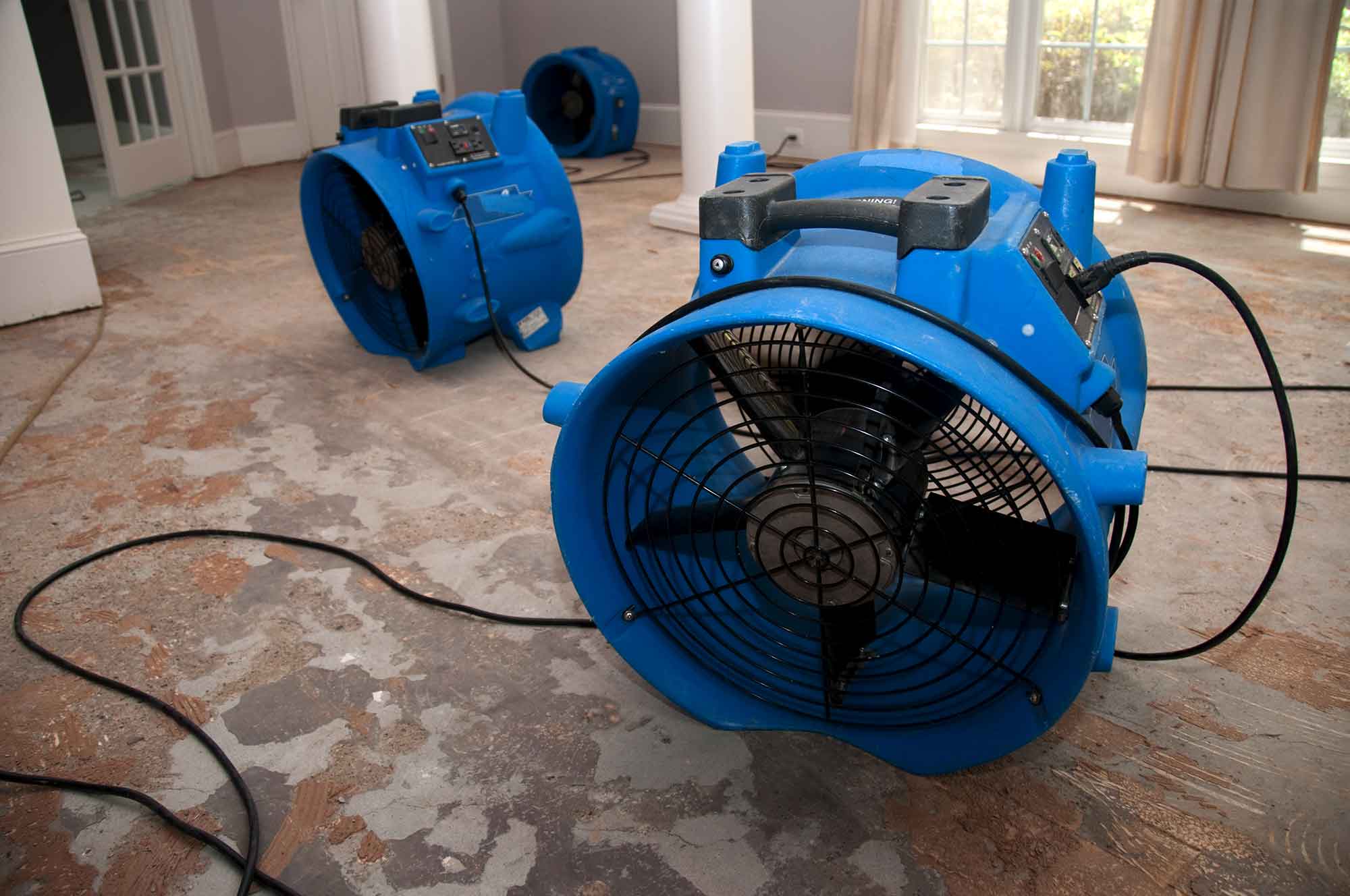
How to Prevent Further
Water Damage
Sometimes, despite careful planning, fixtures create problems; pipes burst, water heaters leak, dishwashers and toilets overflow. But, your quick response and Healthy Home Solutions’ highly-trained professionals can do effective mitigation of the water damage, which can save you hundreds, if not thousands of dollars.
Once the damage is done, act promptly with a professional to restore your home to the pre-damage conditions. This requires water removal, decontamination, and drying.
Speed is key. The longer you wait, the more damage your home, office or building will suffer. Bacteria and mold thrive on moisture and standing water. If exposed to such an environment for long, it can cause allergic reactions, illnesses, and property damage.
Depending on the severity of the damage, you might even have to rebuild certain parts of the property. Carpets and drywall that have absorbed water for a long can develop dangerous bacteria. These items may have to be discarded rather than to risk infections. Our professionals can help you with the restoration process and let you know if we’re able to salvage any building materials or belongings. We always try to save and treat everything, saving you time and money!
Water Restoration Process
Healthy Home Solutions specializes in water damage restoration and vigilantly monitors and documents until the completion of drying.
